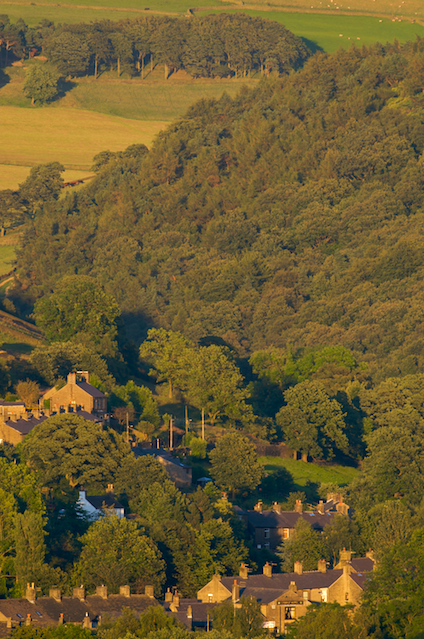Locations
I spent a couple of days at Las Cruces Biological Station, which is at a lower altitude than the cloud forest at Savegre (about 1,230m). This area is known as premontane wet forest in the Holdridge life zones system.
The birds and animals I saw here were mostly species found at lower altitudes, rather than the more specialised cloud forest species seen at Savegre.
Species of forest and woodland habitats
After the higher altitudes of cloud forest and premontane wet forest, I travelled down to the hotter (and wetter) tropical wet forest at the Esquinas Rainforest Lodge.
Birds of wooded habitats
The Osa peninsula is one of Earth's most biodiverse areas, with at least half of all species living in Costa Rica found here.
I stayed at the Drake Bay Wilderness Lodge, from where I visited Corcovado National Park and the mangroves of the Sierpe River.
Corcovado National Park
Mammals
Platt's Wood is a community woodland project in Hayfield It is a mixture of wet woodland and grassland on a moderately sloping hillside, previously managed for grazing and now being planted up as a community woodland. You can view the project's Facebook page here.
From the Osa Peninsula, I travelled northwest to Villa Lapas to visit Carara National Park on a hiking trail, and on a boat trip on the Tárcoles River, which forms the northern boundary of the park.
Carara forest trail
Although Carara has 432 bird species recorded, I only saw a handful on my walk.
After visiting Carara, I took the ferry across the Culf of Nicoya to the Nicoya Peninsula to volunteer at the Cabo Blanco Absolute Natural Reserve at the southern tip of the peninsula. Cabo Blanco is in a transitional zone between dry and wet tropical forest, and was the first protected area in Costa Rica.
Mammals
Subcategories
Costa Rica
Costa Rican wildlife seen on a trip during the dry season
I had long wanted to visit Costa Rica, largely due to its high biodiversity, which is in part due to the range of different ecosystems present.
One method of describing land areas is the Holdridge life zones system, with twelve of these life zones found in Costa Rica (which can be further sub-divided with transitional zones).
The life zones are defined by latitude, humidity and elevation.
Holdridge life zones present in Costa Rica
| Tropical dry forest | Premontane moist forest | Lower montane moist forest | Montane wet forest |
| Tropical moist forest | Premontane wet forest | Lower montane wet forest | Montane rain forest |
| Tropical wet forest | Premontane rain forest | Lower montane rain forest | Subalpine rain paramo |
There are other ways of classifying habitats found in Costa Rica, for instance the mangroves forest present beside (for example) the Sierpe River are not separated out in this system.
I booked a wildlife tour with Naturetrek, with the local arrangements made with Cotinga tours, followed by a couple of weeks volunteering at the Cabo Blanco Absolute Nature Reserve, visiting some (but by no means all!) of the life zones above.
Hayfield
Hayfield village

